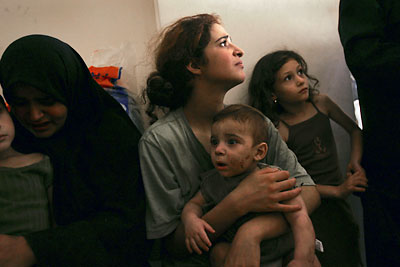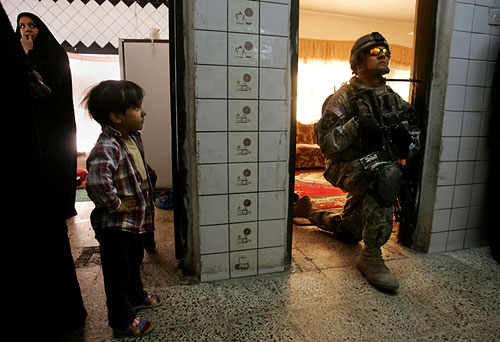
This is my submission for the food blogging event.
Waiter, there's something in my ... pie! hosted by
Cook SisterI made this recipe with some blueberries I had frozen last summer when they were in season. The recipe has been made by the catering team at the National Trust's Penrhyn Castle Tea Rooms in North Wales where it has been one of the most popular items on their menu. It comes from the National Trust's own collection of Victorian recipes. It takes its name from the children's habit of collecting bilberries and shoving handfuls of them into their mouths - with predictable results.
THE BOOK OF OLD TARTS - BY ELIZABETH HODDERISBN 0747221057 - Page 86
Serves: 6-8 people but can easily be scaled down.
Skill Level: Moderate.
Taste Test: The pastry melted in the mouth and the blueberry and apple combination tasted fresh.
Firstly, I had to make a rich sweet shortcrust pastry which called for quite a lot of sugar, I omitted most of this and only used 14g as I could see from the filling ingredients list that lots more sugar was to be used. The pastry case had to be baked blind - and on eating the pie I was pleased about this because the filling would have made the base soggy. Instead the base had a wonderful crunch to it.
I used a 20cm, and not the 23cm loose-based pie tin recommended and scaled down the filling ingredients. In the original recipe 675g of blueberries were stated, but I only had 500g and so I used these. If you use the original recipe to the letter I would scale down the amount of caster sugar, in both the pastry and filling, otherwise the pie will be far too sweet.
The surprise ingredient in this pie is using fresh mint. I have to admit I left this out, purely because I wanted to make sure I was going to enjoy the pie – after all, I did use up my stock of blueberries.
I served the pie with homemade yoghurt - the acidity from the yoghurt complimented the sweetness of the pie perfectly.
Kitchen Equipment used: Magimix Food Processor.

For a 23cm (9 inch) pie you will need 350g (12 oz) of rich sweet shortcrust pastry.
Rich Sweet Shortcrust Pastry: 225g (8 oz) plain flour, 1 large pinch of salt, 115g (4 oz) butter, 55g (2 oz) caster sugar, 1 egg yolk, 2 tablespoons very cold water.
Whiz the flour, salt and butter to breadcrumbs in the food processor, add the egg yolk and water, whiz again until the mixture just comes together. Wrap in clingfilm and leave in the fridge for 30 minutes. Roll the pastry out between two sheets of clingfilm, and use to line the loose-based pie tin. Prick the base all over with a fork and brush the pastry base with beaten egg. Place on a pre-heated baking tray in a preheated oven (180°C/350°F/Gas 4) and cook the pie base for 25 minutes.
Turn the heat up to 190°C/375°F/Gas 5.
Filling ingredients:
2 large granny smith apples (or dessert apples), peeled, cored and thinly sliced.
225g (8 oz) caster sugar (I would reduce this to 170g/6 oz).
Juice of half a lemon
1 heaped tablespoon of finely chopped fresh mint(optional)
675g (1½lb) blueberries
115g (4 oz) icing sugar
Place the apple slices in a bowl and sprinkle with half the sugar and the lemon juice. Toss to mix and leave for 20 minutes. Using a slotted spoon, place the apple slices in the pre-baked pastry case. Mix the mint (if using), with the blueberries and then put them on top of the apple slices. Sprinkle with the remaining sugar and juices from the apples. Place a pie raiser or an upturned eggcup in the centre of the tart.
Roll out the remaining pastry for the lid and place over the filling, sealing the edges. Make a slit in the centre of the pastry lid. Bake in the oven for 35-40 minutes or until the apple slices are soft. Remove from the oven and allow the tart to rest and cool.
Do not remove the pie from the tin until cool otherwise it will crumble.
Placed the icing sugar in a bowl and slowly add a few teaspoons of very hot water, mixing until you have the right consistency, drizzle over the pastry crust in no particular pattern.
Serve warm or at room temperature. Enjoy!!












































